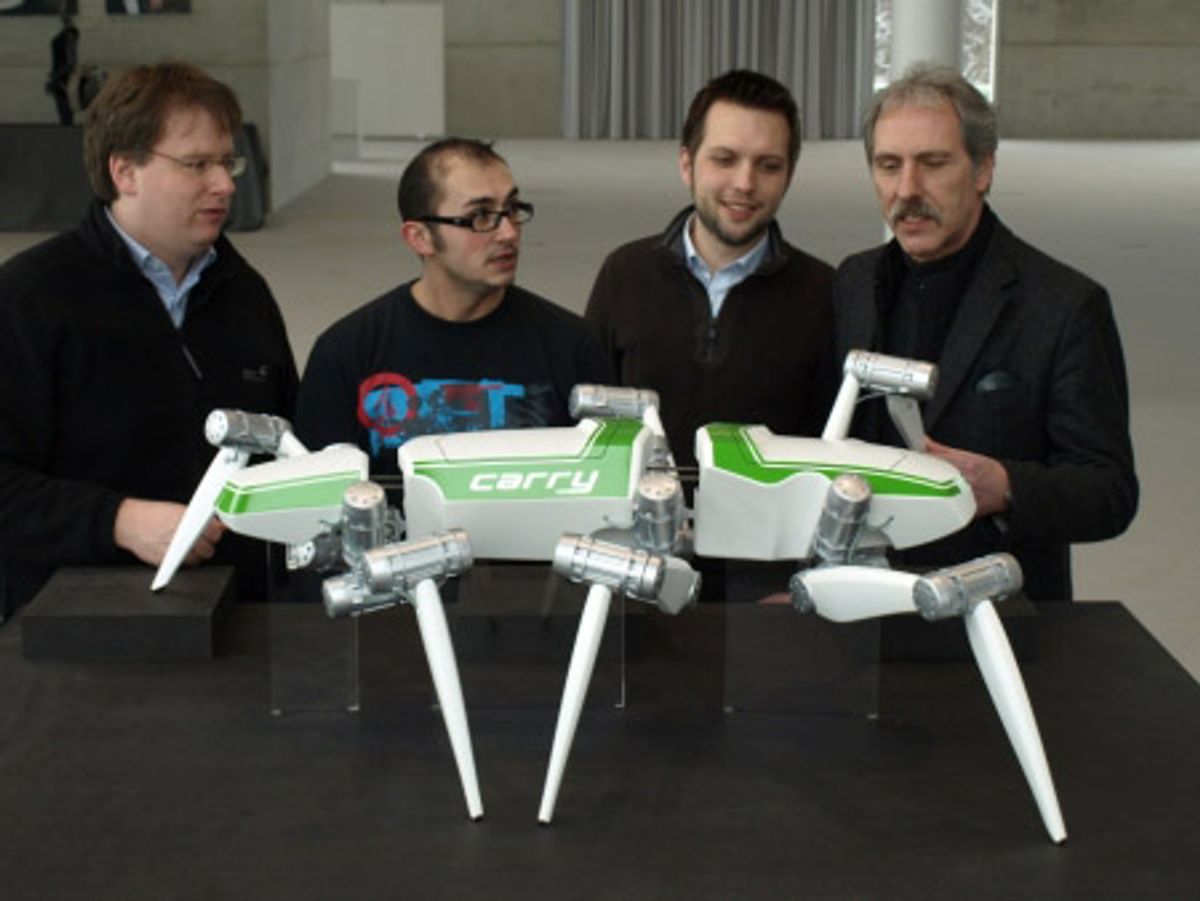HECTOR is the University of Bielefeld’s newest robot, so new in fact that it doesn’t even totally work yet, which both exciting and slightly disappointing at the same time. HECTOR stands for “hexapod cognitive autonomously operating robot,” and it’s based on everybody’s favorite stick-like insect, a stick insect. It’s got a lightweight but strong exoskeleton, along with six legs with innovative joint drive systems that are intended to work just as smoothly as muscles do:
Each of these highly integrated drives is equipped with all the necessary sensors, the complete control electronics with its own processor as well as a sensorised elastic coupling for which a patent has been applied. This makes it possible to control each of the 18 leg joints on the basis of biologically inspired control algorithms and, for example, react by yielding during collisions or interactions with human beings.
An interdisciplinary partnership between a group researching the mechatronics of biomimetic actuators and the Department of Biological Cybernetics, HECTOR still has a ways to go before it’s autonomously skittering around. That said, the tricky bits, the legs, look to be at least in the functional prototype stage, as you can see in the vid:
When completed, HECTOR will be one meter long and able to carry payloads of up to 30kg, including customized interchangeable sensor systems.
[ CITEC ]
Evan Ackerman is a senior editor at IEEE Spectrum. Since 2007, he has written over 6,000 articles on robotics and technology. He has a degree in Martian geology and is excellent at playing bagpipes.




